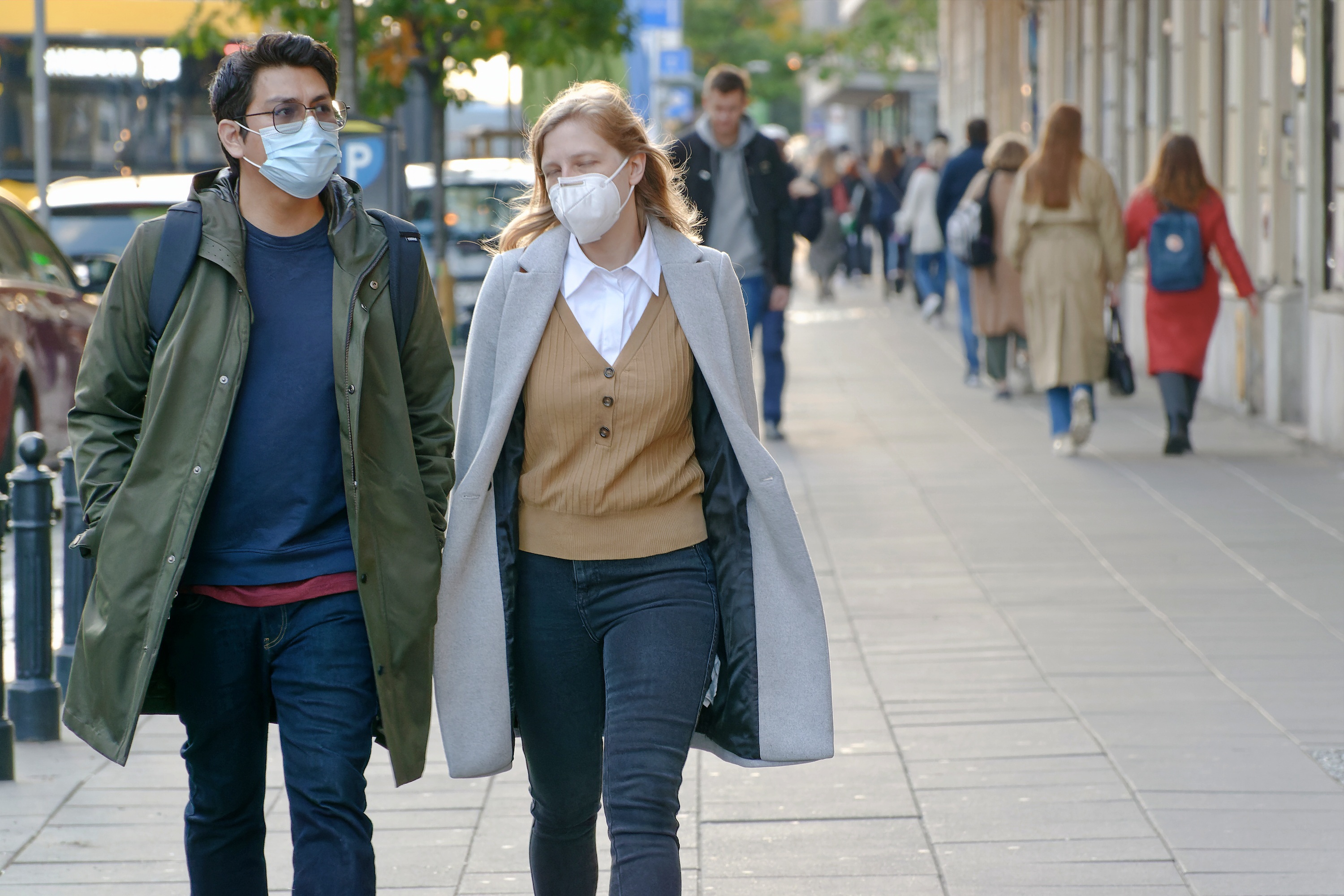Objective:
To determine what is an acceptable risk to the Australian population, once we achieve 60 per cent vaccination coverage and reopen the borders, initially to low risk countries and to vaccinated travellers.
Findings:
If we look at vaccine effectiveness against any infection, it’s about an 80 per cent reduction for Pfizer for those under 60 years old and 60 per cent for AstraZeneca for the over 60s. Of the 20 per cent and 40 per cent still at risk of infection, likely mild, their chance of passing the virus on reduces by 50 per cent compared to the unvaccinated. If we achieve 60 per cent vaccination coverage, we can open up to countries and a number of arrivals that keeps the expected number of vaccinated but infected arrivals to one or fewer per day – which is not too onerous. As above, this is equivalent to half pre-COVID arrivals from countries with similar infection rates to Vietnam at the moment. If we reach 70 per cent vaccination coverage, we can perhaps relax the borders a bit more to – say – a total number of arrivals from countries that generate between one to five infected arrivals per day. However, if we get to 80 per cent coverage, we can relax further to a volume and risk profile of arrivals that generates 5 infected arrivals per day.
Our model used 85 per cent and 80 per cent for Pfizer and AstraZeneca respectively for hospitalisation, and 90 per cent and 87.5 per cent respectively for mortality. There is wide uncertainty in these estimates – and you can see that for yourself using our interactive COVID-19 Pandemic Tradeoffs tool.
View full article

